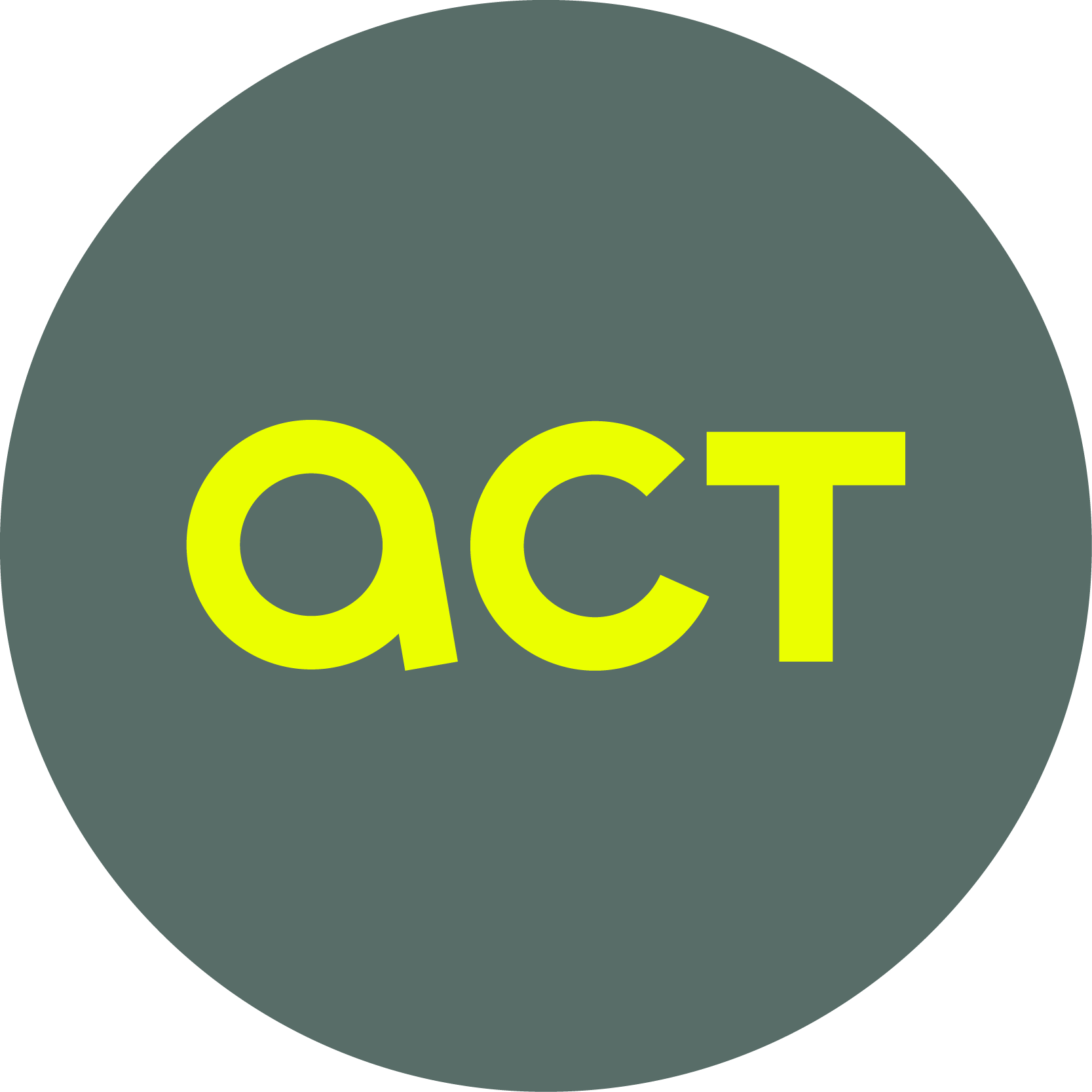Ensuring GDPR Compliance with an Effective Whistleblowing Scheme

As the founder and CEO of Awesome Compliance Technology (ACT), I know how vital it is to keep up with regulatory changes. With the EU Whistleblowing Directive in effect, organizations with 250 or more employees must have implemented an internal whistleblowing system by December 17, 2023. This system will provide a secure and confidential way for whistleblowers to report misconduct. In this blog post, we’ll guide you through the essentials of setting up your whistleblowing scheme to ensure compliance and foster a culture of transparency.
What is Whistleblowing?
Whistleblowing involves individuals within an organization reporting unethical, illegal, or unsafe activities. This includes not only employees but also shareholders, suppliers, former workers, volunteers, trainees, and job applicants. Whistleblowing promotes transparency and accountability, acting as a moral compass for the organization.
Understanding the EU Whistleblowing Directive
The directive sets out deadlines for compliance based on company size:
- December 17, 2021, for organizations with 250 or more employees.
- December 17, 2023, for those with 50 or more employees.
Even smaller organizations should prepare for the directive, especially if they plan to expand or if national laws impose additional requirements.
Types of Allegations Under the Whistleblowing Directive
The EU Whistleblowing Directive allows reporting of any breaches of EU law. Examples include:
- Financial services
- Public procurement
- Anti-money laundering efforts
- Product safety and compliance
- Environmental protection
- Public health and safety
- Data privacy and protection
- Corporate tax avoidance
These are just the minimum categories; member states can extend protections further through national legislation.
Implementing Your Whistleblowing Policy & Procedure: Six Key Steps
Step 1: Establish a Clear Policy and Training Program
Create an internal whistleblowing policy that is easy to understand and accessible to all employees and stakeholders. Conduct training programs to educate your team on the importance of whistleblowing and how to use the system effectively. Use practical examples and case studies to illustrate the process.
Step 2: Set Up Secure Reporting Channels
Develop secure and confidential channels for receiving whistleblower reports. These channels can be oral (hotlines, voice messaging, face-to-face meetings) or written (online forms, email, letters). Choose the methods that best suit your organization’s needs and comply with national legal requirements.
Step 3: Clearly Define Reportable Issues
Ensure whistleblowers know what types of misconduct can be reported. This can be outlined in a comprehensive whistleblower policy, helping to clarify the scope of the whistleblowing system. This promotes understanding and encourages proper use of the system.
Step 4: Provide Robust Support Measures
Appoint an impartial individual or team to handle follow-ups on reports. This entity should communicate openly with the whistleblower, providing additional information and feedback as necessary. Conduct investigations with due diligence to ensure thorough and fair handling of each report.
Step 5: Meet Feedback and Follow-Up Obligations
Set clear timeframes for acknowledging and following up on reports. Acknowledge receipt within seven days and provide a detailed follow-up within three months. This ensures that whistleblowers feel their concerns are being taken seriously and are being addressed promptly.
Step 6: Maintain Strict Data Protection
Protect the anonymity and privacy of whistleblowers and any third parties mentioned in reports. Limit access to this information to authorized personnel only and ensure data is stored securely. Adhere to data protection practices similar to those required under GDPR, ensuring compliance and building trust in your whistleblowing system.
Simplify Compliance with ACT’s Whistleblower Solutions
Managing a whistleblowing system can be complex and resource-intensive. At ACT, we offer innovative solutions to streamline this process. Our whistleblower software automates the reporting and follow-up process, ensuring compliance with the EU Whistleblowing Directive while maintaining confidentiality and security.
Conclusion
Complying with the EU Whistleblowing Directive is crucial for organizations with 50 or more employees. By following these six steps, you can create an effective whistleblowing scheme that promotes transparency and accountability within your organization. For more resources and tools to help you achieve compliance, visit our website at Awesome Compliance Technology. Enhance your regulatory compliance strategy with ACT today!
For more information on GDPR, data privacy, and regulatory compliance, explore our resources at Awesome Compliance Technology.

